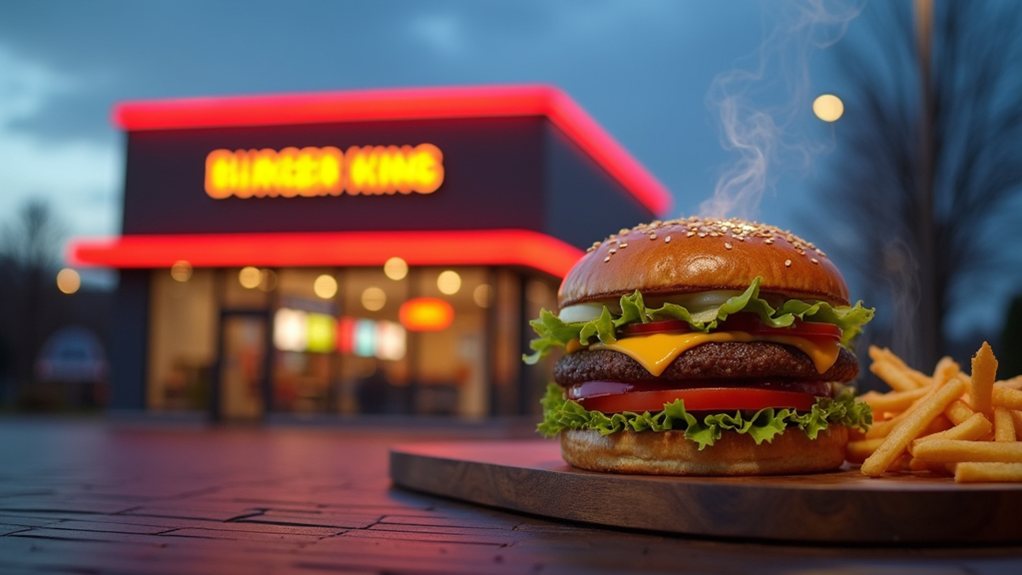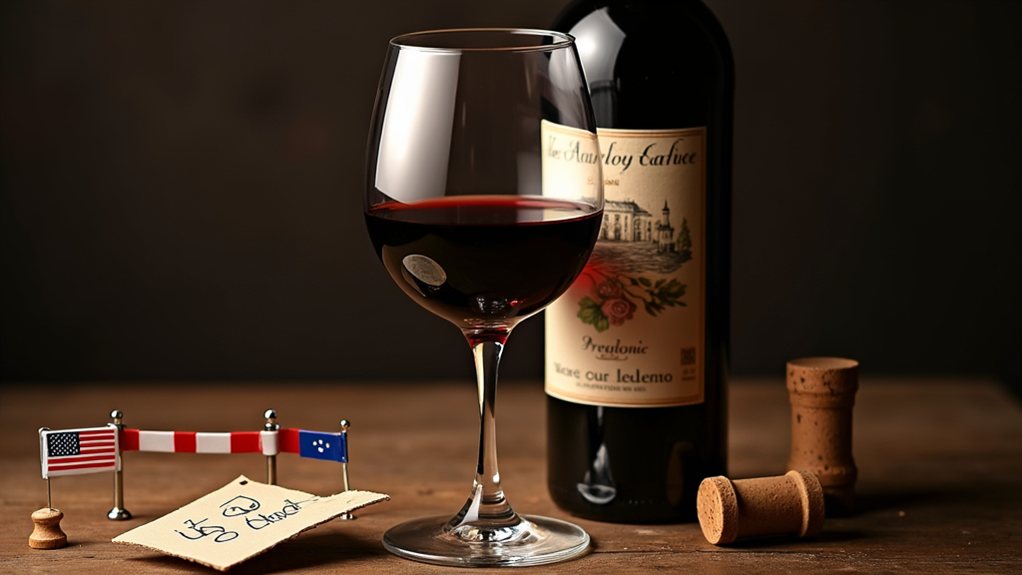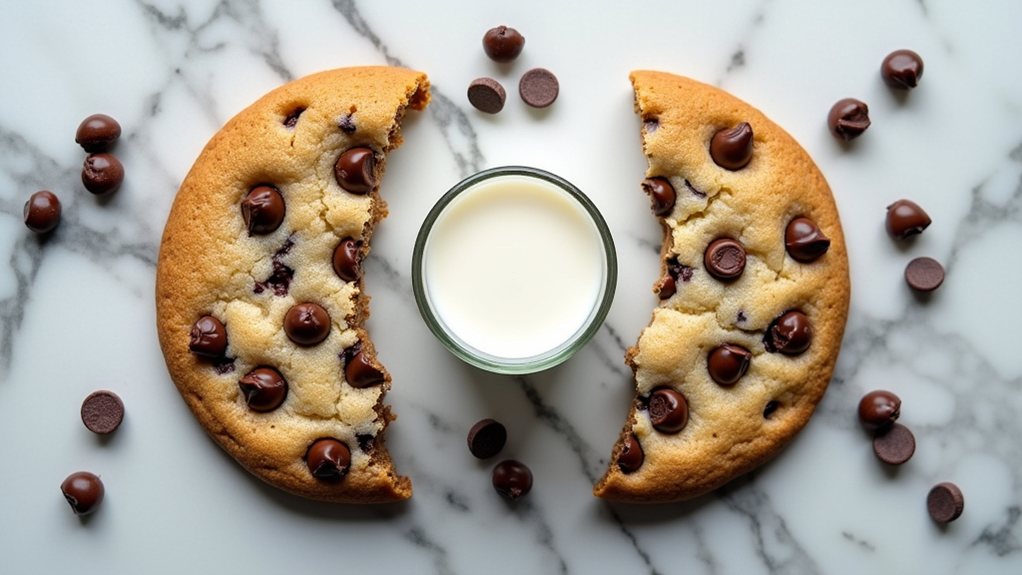The Szechuan Sauce Saga: From Obscurity to Viral Fame
When McDonald’s first introduced its Szechuan sauce in 1998, it was part of a promotional campaign linked to Disney’s animated film, Mulan. This flavorful dipping sauce came and went quietly, without much fanfare. For nearly two decades, no one seemed to care much about it—until a certain animated series thrust it back into the spotlight, and suddenly, Szechuan sauce became a cultural phenomenon.
A Memorable Comeback
Fast forward to 2017, when an episode of Rick and Morty, a popular adult animated sitcom, caught the attention of viewers everywhere. In the third season, the lead character, Rick Sanchez, goes on a wild quest to obtain the long-forgotten Szechuan sauce, declaring it the key to understanding his existence. This absurd yet hilarious quest resonated with fans, igniting a firestorm of interest in the sauce that had been absent for nearly two decades.
The show’s reference sparked a wave of nostalgia and excitement among fans, leading many to launch petitions demanding McDonald’s bring back the sauce. Their collective voice on social media didn’t go unnoticed. Just months later, in October 2017, McDonald’s made an announcement: Szechuan sauce would return, albeit for just one day.
Chaos Ensues
What happened next was nothing short of chaotic. On the designated day, throngs of customers flooded McDonald’s locations, eager to get their hands on the coveted dipping sauce. Many restaurants were unprepared for the onslaught, with some running completely out of stock before the day even began. Reports emerged of crowd control issues, with police called to manage the unrest that ensued in various locations—physical altercations, angry patrons, and all the drama that can accompany a viral demand for a fast-food sauce.
Recognizing their failings, McDonald’s offered a sincere apology and committed to a more substantial release of Szechuan sauce the following winter. When it returned, however, many fans were left disappointed; the flavor didn’t match the nostalgia they envisioned, leading to mixed reviews. Some described it as merely “ho-hum,” while others came to appreciate the unusual flavor profile, a blend of sweetness and sourness with a hint of sesame.
The Flavor Profile
What did this infamous Szechuan sauce taste like? It boasted a thick, dark brown texture and was a concoction of vinegar, garlic, soy sauce, and ginger. Some found it a delightful combination that paired well with McDonald’s chicken nuggets, while others felt it fell short of expectations. Despite the polarized reactions, the sauce found a second life when McDonald’s briefly brought it back again in 2022, this time exclusively available for app users.
A Cultural Icon
So, what makes Szechuan sauce so special? Its rise to fame is a classic example of pop culture influence. The sauce morphed from an understated dipping option to an iconic symbol of fervent fandom and nostalgia, similar to how certain memes or viral moments can take on a life of their own. It wasn’t merely about the taste—though definitely a part of it—it was about the shared experience, the camaraderie among fans, and the joy of chasing something that felt unattainable.
Brand loyalty and pop culture collide in the case of Szechuan sauce, proving that sometimes it’s not the product itself that captures attention, but the stories and laughter that surround it. McDonald’s has since recognized this phenomenon, hinting that their creativity and willingness to respond to trends might further capitalize on these rare gems in the future.
The saga of Szechuan sauce illustrates how a quiet product can become a massive sensation through contemporary culture, blending humor with hunger. Perhaps the next time you dip those crispy nuggets, you’ll appreciate the flavorful legacy that came roaring back into the spotlight thanks to a mischievous cartoon scientist and the devoted fans who rallied to restore its place among fast food favorites.









